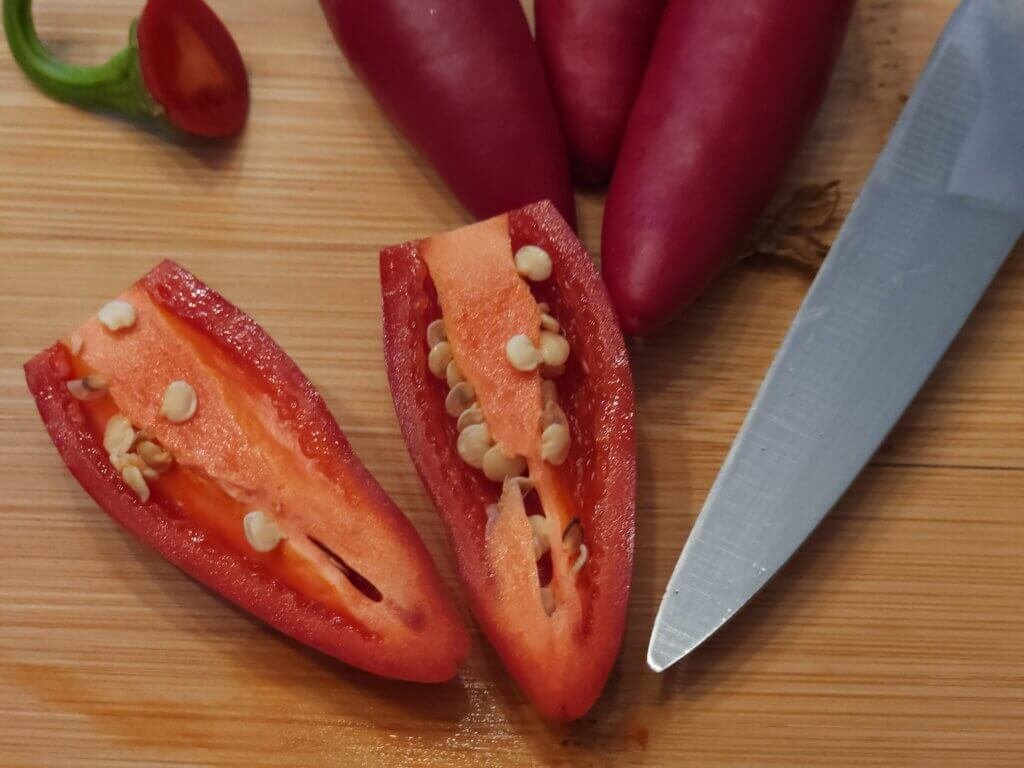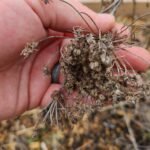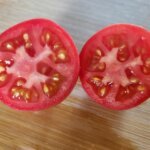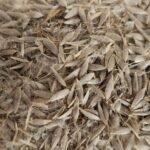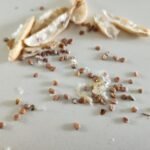If you’ve ever grown a pepper variety you just can’t get enough of, maybe that sweet bell that produced all summer, or a spicy jalapeño that had the perfect heat, it’s absolutely worth saving seeds from it. Learning how to save pepper seeds is one of the most satisfying ways to carry your garden’s success forward year after year.
This post contains affiliate links. If you use these links to buy something we may earn a commission. Thanks.
Not only does seed saving help you save money, but it also preserves varieties that have adapted beautifully to your local growing conditions. With just a few simple steps, you can collect, dry, and store pepper seeds to plant again next season. Let’s walk through the entire process together.
Choose the Right Plants to Save Pepper Seeds From
Pick Fully Mature Peppers
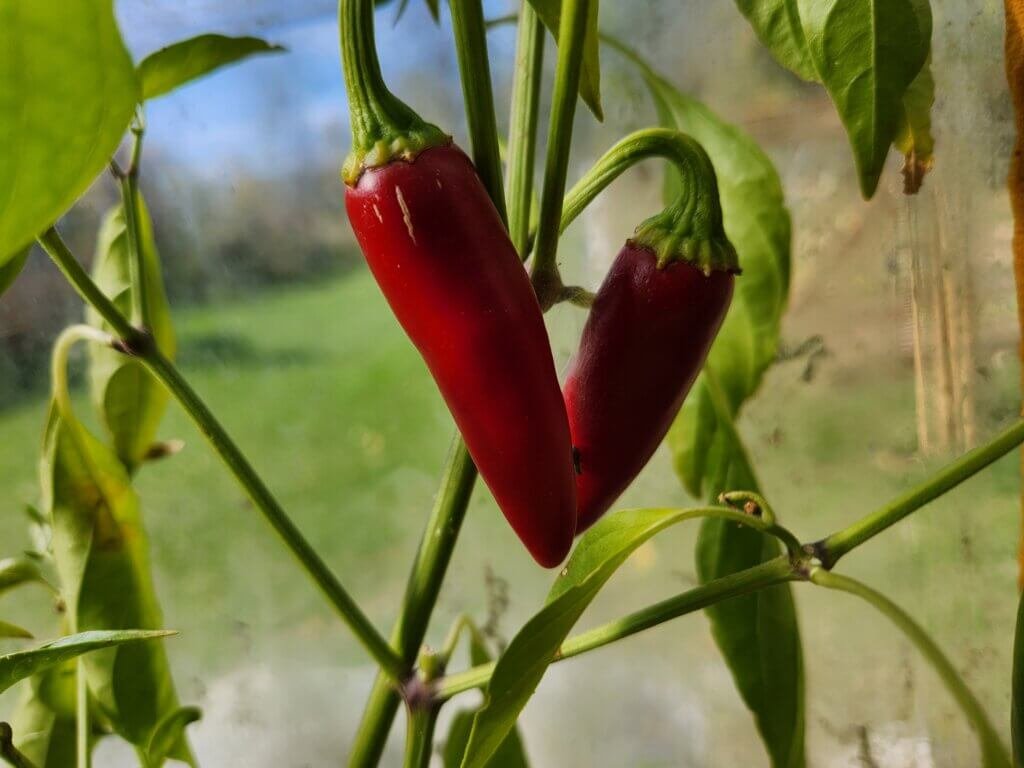
When saving seeds, the most important factor is ripeness. Peppers need to be fully mature on the plant before you save pepper seeds. A mature pepper has reached its final colour. Red, orange, or yellow depending on the variety, and often has a slightly wrinkled skin.
Seeds from green or under-ripe peppers are usually immature and have a very low germination rate.
Select Healthy, Strong Plants
Choose peppers from your healthiest, most vigorous plants. Avoid any fruit that shows signs of rot, disease, or insect damage. If you collect pepper seeds from your healthiest plants it helps ensure the seeds you save will produce strong, productive plants next year.
Understand Heirloom vs. Hybrid Varieties
For reliable results, always collect seeds from open-pollinated or heirloom peppers. These will grow true to type. Meaning the plants next year will look and taste like the parent plant.
Hybrid varieties (often marked as F1 on seed packets) are a cross between two types, and their seeds often produce unpredictable results. While you can save seeds from hybrids, expect surprises. They might not resemble the parent pepper at all.
How to Collect Pepper Seeds
Preparing Your Workspace
Before you begin, gather a clean knife, cutting board, and some paper towels. If you’re working with hot or spicy peppers, it’s best to wear gloves to avoid that long-lasting pepper burn. I’ve made that mistake before.
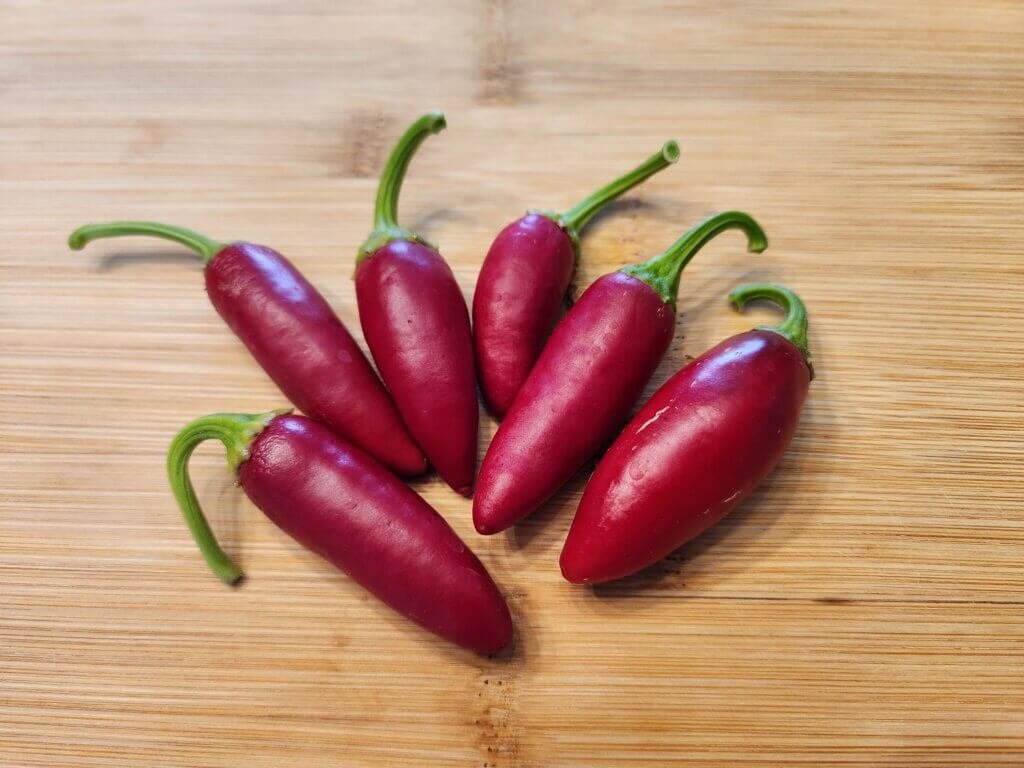
Extracting the Seeds
Cut your ripe pepper open lengthwise. Inside, you’ll find the seed cluster attached to the white pith (the pepper’s core). Gently scrape or pluck the seeds away, taking care not to crush or tear them. Lay them out on a paper towel as you go.
Cleaning the Seeds
Once removed, separate the seeds from any bits of pulp or membrane. You can do this by gently rubbing them with your fingers or rolling them on a clean surface. A clean seed will dry evenly and store longer without molding.
Optional step but one that I really like to do. Put the cleaned seeds in a glass of water. Any seeds that float to the surface will not be viable. Any good seeds will sink to the bottom of the glass.
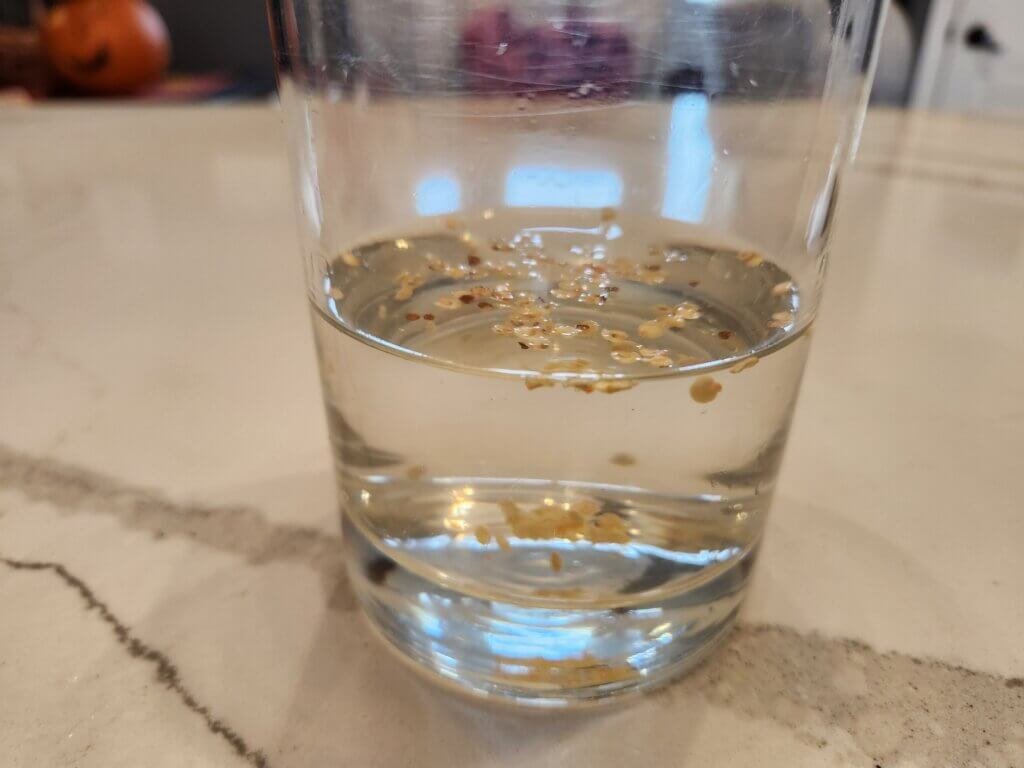
Scoop off the debris floating on top of the water, carefully pour out the water leaving only the seeds at the bottom. Dry the seeds with paper towel.
How to Dry Pepper Seeds
Why Drying Matters
Proper drying is crucial when you save pepper seeds. If stored with even a hint of moisture, they can mold or rot, making them unusable. The goal is to get the seeds completely dry before sealing them away for storage.
How to Dry Pepper Seeds Naturally
Lay your cleaned seeds in a single layer on a paper plate, coffee filter, or paper towel. Choose a warm, dry location with good air circulation. A kitchen counter away from sunlight or near a gentle airflow works well. We put them in our pantry to dry.
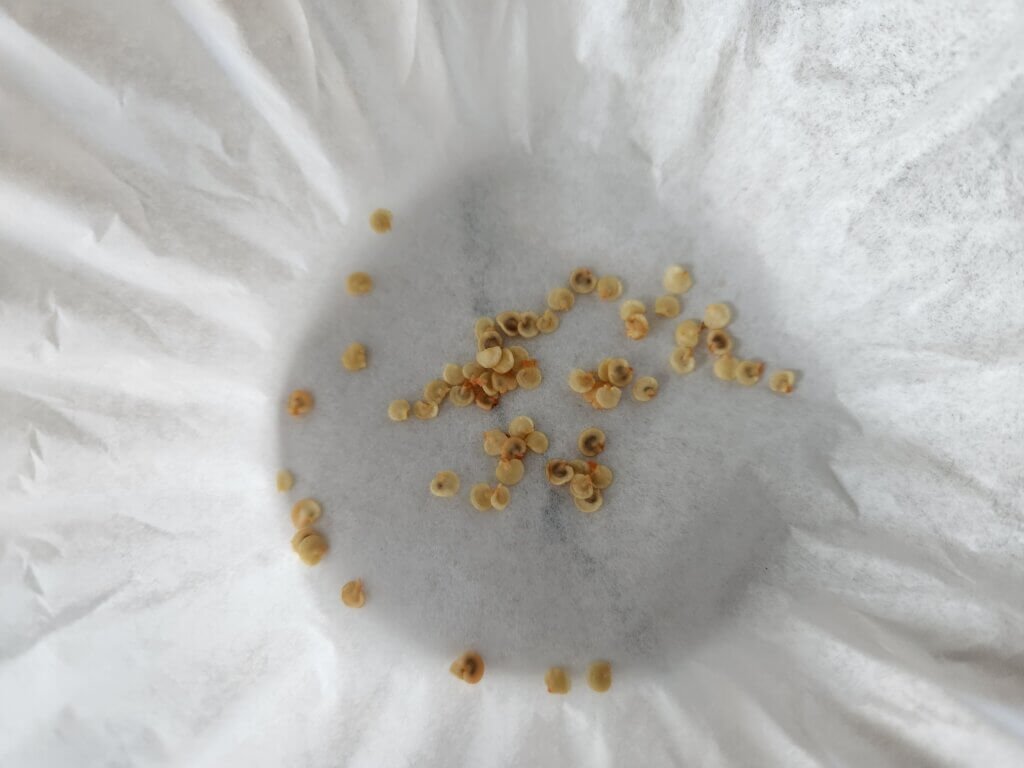
Avoid using direct sunlight or high heat, as this can damage the seed embryo. Over the next 5 to 7 days, gently stir the seeds once a day to ensure even drying.
You’ll know they’re ready when they feel hard and no longer bend or stick together. If they still feel slightly soft or tacky, give them another day or two.
How to Store Pepper Seeds for Next Year
Choosing the Right Storage Container
Once your seeds are thoroughly dry, transfer them to a paper envelope, small glass jar, or airtight container. Paper envelopes are ideal if you’re storing multiple varieties because they allow a little air exchange and prevent moisture buildup. We use a Ziploc bag to save our seeds right now.
If you prefer jars or plastic containers, add a silica gel packet or a small spoonful of rice to absorb any residual moisture.
Ideal Storage Conditions
The best place to store your pepper seeds is somewhere cool, dark, and dry. A basement, pantry, or cupboard away from sunlight works perfectly. Avoid keeping seeds in the kitchen or garage, where temperature and humidity fluctuate frequently.
Properly stored pepper seeds can remain viable for three to four years, though the highest germination rates occur within the first two.
Label Your Seeds
Don’t skip labeling! Include the variety name, year saved, and any notes about the parent plant. It’s easy to forget which pepper was which when you’ve saved a few types — especially between seasons.
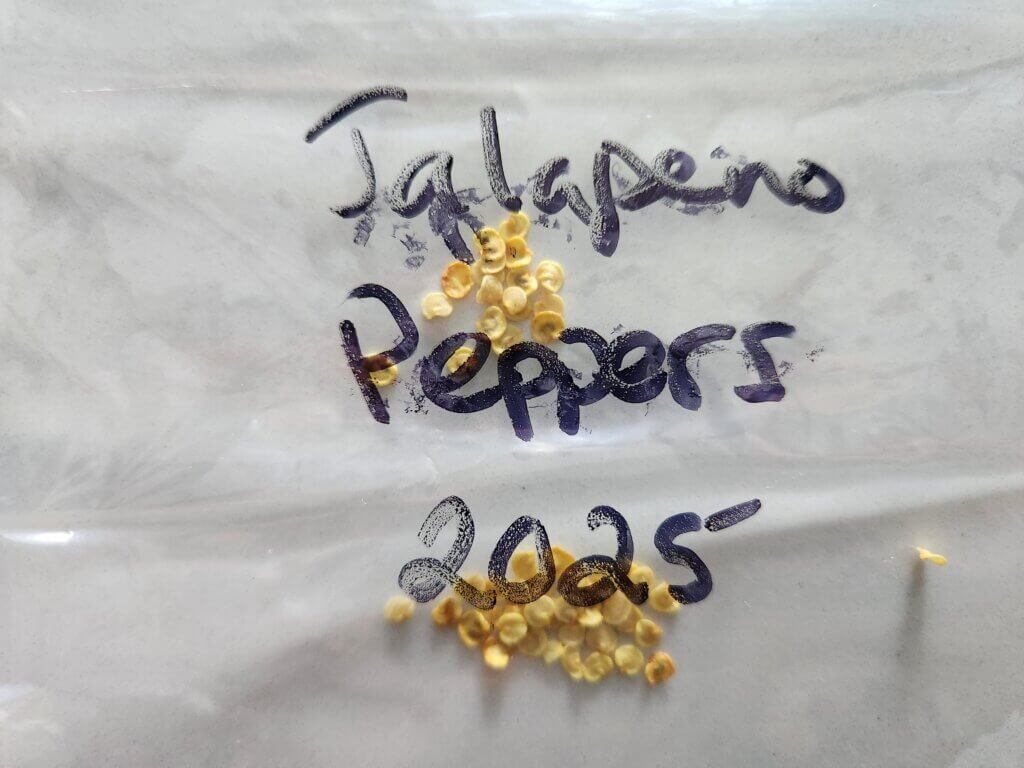
How to Test Pepper Seed Viability (Optional)
Why Test Viability When You Save Pepper Seeds?
If your pepper seeds are a couple of years old or you’re just curious about their germination rate, you can easily test viability before sowing a whole tray. It’s also good to test seed viability if it is the first time you save pepper seeds. Plus, if you cleaned the seeds using water stated above, you’ll already have a good idea if these seeds are viable.
Simple Paper Towel Germination Test
- Moisten a paper towel so it’s damp but not soaked.
- Spread 5-10 seeds across it and fold it in half.
- Place it inside a resealable plastic bag to retain moisture.
- Keep it in a warm spot (around 25°C / 77°F).
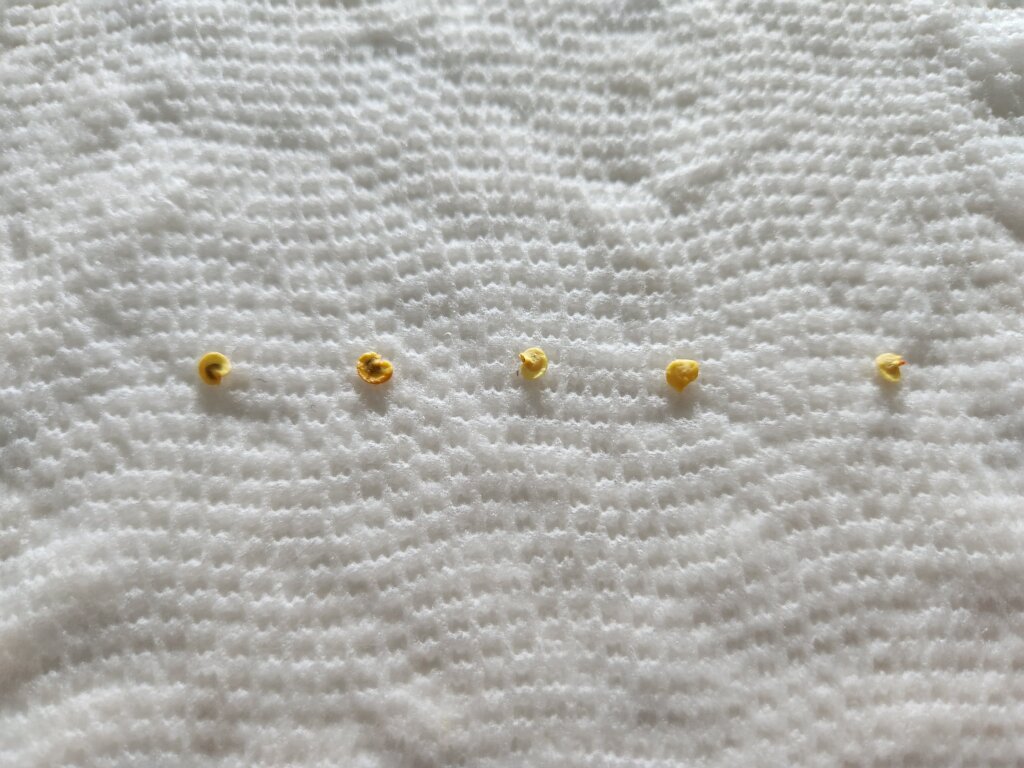
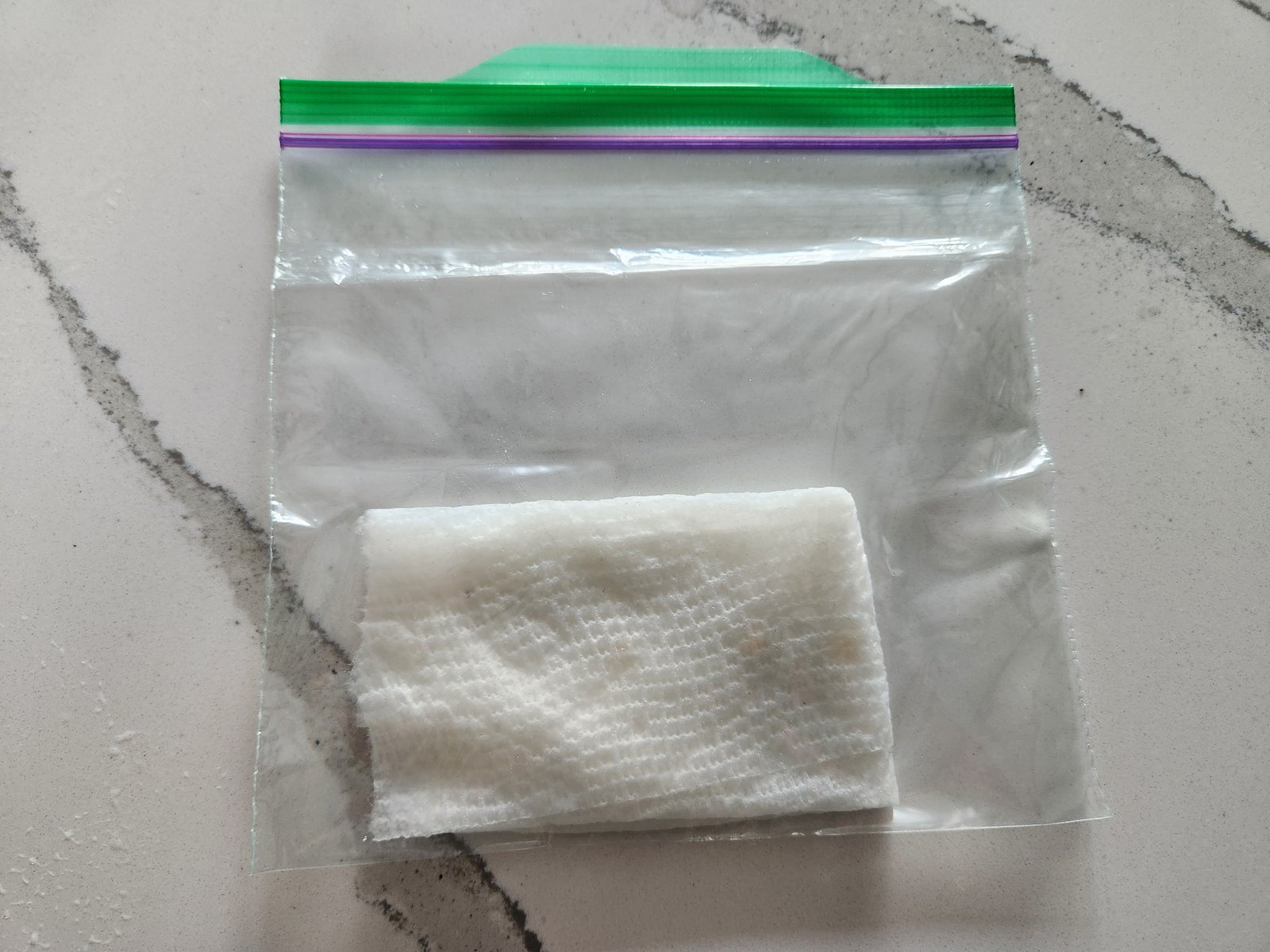
Check after about a week. Count how many seeds sprout, that’s your germination rate. For example, if 8 out of 10 seeds sprout, your batch has 80% viability. Anything above 70% is still excellent for planting.
Mistakes I’ve Made Saving Pepper Seeds:
- Trying to harvest seeds from peppers that are not completely ripe. This resulted in a 0% germination rate when I tested viability.
- Leaving ripe peppers on the plant too long causing the pepper seeds to rot and turn brown. Again, this ended with a 0% germination rate.
- Not separating the pepper plants I wanted to save seeds from. Pepper plants will cross pollinate so the saved pepper seeds will not be true to the parent plant.
Frequently Asked Questions
Yes, you can! Many gardeners successfully save seeds from store-bought peppers. Just make sure the pepper is fully ripe before collecting seeds. Keep in mind, though, that grocery store peppers are often hybrids, so the plants might not produce identical fruit. Still, it’s a fun experiment and a great way to start.
When kept cool and dry, pepper seeds can last up to four years. Over time, germination rates slowly decrease, so if your seeds are a few years old, you may want to plant extra or test them first.
Unlike tomatoes, pepper seeds don’t require fermentation. Simply cleaning and air drying them works perfectly fine. Fermenting is optional and can help remove seed coatings, but it’s not necessary for good germination.
Yes, and this is especially important if you’re saving seeds from multiple varieties. Sweet bell peppers and hot peppers can cross-pollinate if grown too close together. To prevent surprises, space varieties 150–300 feet apart or use mesh blossom bags to isolate flowers for seed collection.
Start your pepper seeds 8–10 weeks before your last frost date. Plant them in seed trays or small pots filled with a light, well-draining mix. Keep the soil consistently moist and warm, between 25–30°C (77–86°F). Pepper seeds can take anywhere from 7 to 21 days to germinate depending on temperature and variety. Read all about starting pepper seeds in our how to grow peppers guide.
Final Thoughts
Saving pepper seeds is one of those small homesteading habits that pays off in a big way. Once you get into the rhythm of collecting and storing your own seeds, you’ll not only save money, you’ll build a seed collection perfectly adapted to your own garden’s soil and climate.
We hope you enjoyed this seed saving guide. If you did make sure you check out the other growing guides, seed saving guides and our recipes. We are growing our website with more articles all the time, and we invite you to grow with us. Whether you’re a seasoned gardener or just starting out, saving pepper seeds can be an enriching experience. If you have any questions or want to share your seed saving journey, feel free to leave a comment below. Happy gardening!

